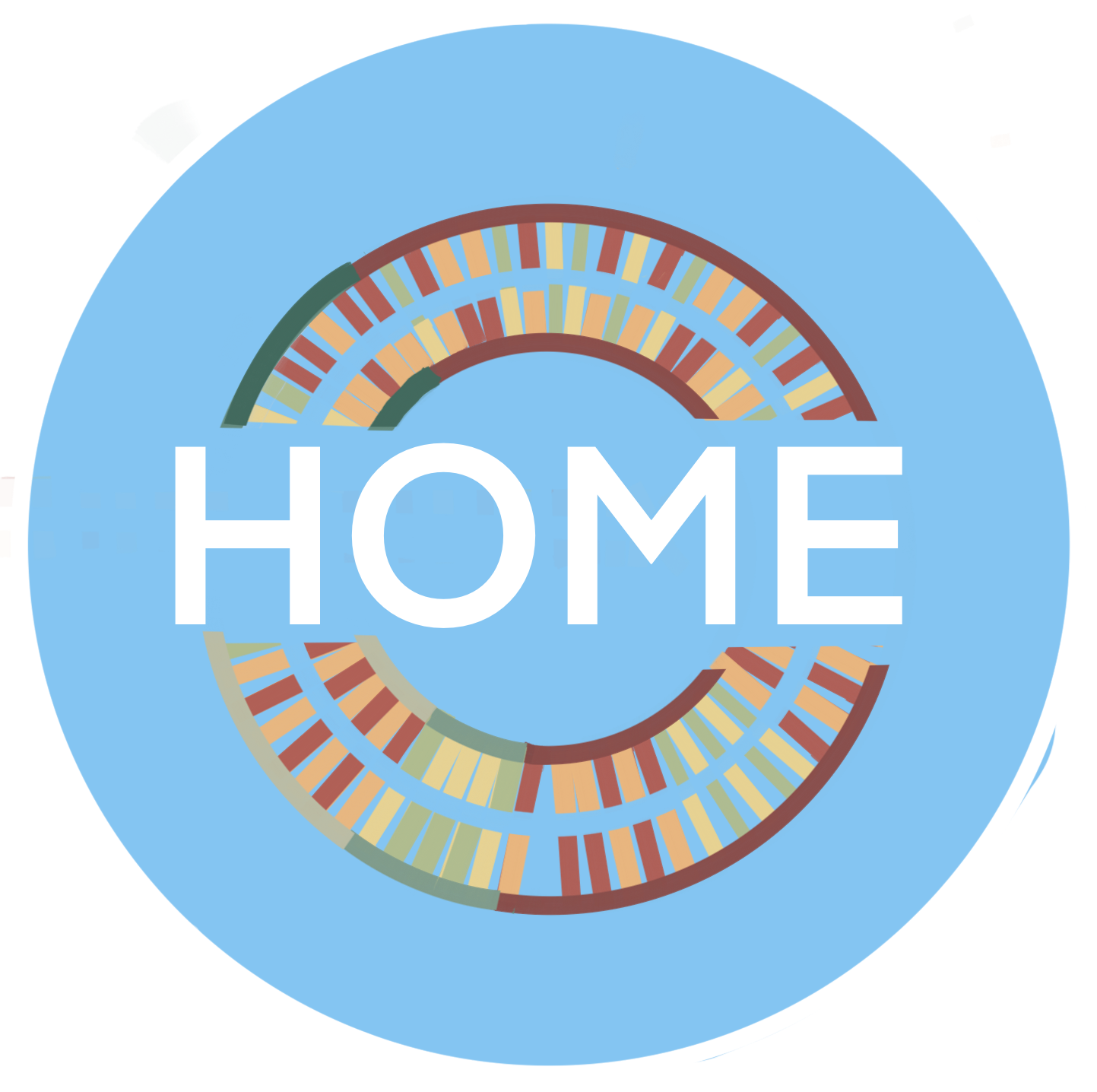Design
This section describes the four parts of the plasmid we designed: APP sequence, cross structure, promoter, and transcription product. After exploring the effects of APP sequence and cross structure on transcription, we designed a biosensor closely related to Z-DNA based on the inducing Z-DNA forming substance and our designed plasmid.
Plasmid design
Just like the design of the whole team project, Professor Liang Xingguo also provided our team with great help in plasmid design. The length of APP sequence, the selection of cross structure stem ring, the location of promoter, and the selection of transcription product are extremely important to the success of the experiment. The guidance of Professor Liang Xingguo has avoided many mistakes in our design direction.

APP sequence Design
Z-DNA is a secondary structure of left helical DNA, which is generally difficult to exist stably due to its lower stability than the common right helical B-DNA under physiological conditions. It is generally thought that only alternating purine-pyrimidine sequences (App sequences) can form this special structure. Because purine glycosides are easier to convert to cis than pyrimidine glycosides, So purine-pyrimidine sequences, called APP sequences, tend to form Z-DNA. Currently, it is generally believed that under the condition of sufficient negative superhelix, the easy degree of z-DNA formation in organisms is D (GC) N > D (TG) N > D (GGGC) N > D (AT) N, and the longer the potential formation sequence, the easier z-DNA formation is. Therefore, we designed an 11nt cG-rich sequence: CGCGCGCACAC. When this 11nt long APP sequence transforms from B-DNA to Z-DNA, it introduces a negative superhelix to the entire plasmid.
AA- Cross structure design
The formation of the cross structure intensity depends on the sequence of bases, the need to have 6 or more nucleotides in DNA sequence complete or incomplete reverse repeat. The cruciform structure consists of a branch point, a stem, and a ring in which the size of the ring depends on the length of the gap between the reverse repeats. Direct reverse repetition leads to the formation of a cross and the smallest single link. The cross-shaped structure of indirect reverse repeats with gaps is related not only to the length of the gaps but also to the sequence in the gaps. In general, at-rich gap sequences increase the probability of cross formation.

In general, the energy required by squeezing short palindromic sequences to form cross structures increases with the increase of sequence length. After searching the previous literature, we learned that the IRS sequence is very long, with abundant A and T, and few defects and short cycles, which are conducive to the formation of the cruciform structure. Based on these, we designed a stem-ring structure with a total length of 9 and a gap of 4 (AATT). As a result, the cross sequence with a total length of 22 is transformed from a cross structure to a completely complementary double chain, which requires exactly two turns of the positive superhelix.
Promoter sequence design
We chose the T7 promoter as the starting point of our expression system. T7 promoter is the mainstream of escherichia coli expression system, and this powerful and highly specific promoter is the first choice for prokaryotic expression. The powerful T7 promoter is completely and exclusively controlled by T7 RNA polymerase, and the highly active T7 RNA polymerase synthesizes mRNA about five times faster than the E. coli RNA polymerase. Since EScherichia coli itself does not contain T7RNA polymerase, it is necessary to introduce exogenous T7RNA polymerase into the host bacteria. Therefore, the regulation mode of T7RNA polymerase determines the regulation mode of the 7 system -- under non-induced conditions, the target gene can be completely silenced without transcription. Thus, the effect of target gene toxicity on host cells and plasmid stability can be avoided. By controlling the induction conditions, the amount of T7RNA polymerase can be controlled, the product expression can be controlled, and the soluble part of the product can be improved under certain conditions.
We need to add the sequence of T7 promoter to the whole APP sequence and the system of cross structure, so the partial promoter sequence we designed is called part of the cross sequence. When the cross structure is formed, the T7 promoter sequence is also folded and transcription is suppressed. The T7 promoter can function only when the cross structure forms a completely complementary double strand or transcription bubble.
Transcription product design
In the early experiments, we designed the transcript as a ribozyme with high transcription efficiency in order to make the experimental results significant and easy to verify. At the time of experimental design, we expected the transcription process to form rolling loop transcription. When the T7 promoter is expressed, we get a lot of long ribozymes. Transcriptional ribozymes can be used to shear RNA to verify the activity of our experimental products.
Superhelical force design
When the plasmid double loop is high concentrations of salt, multivalent cation/metal porphyrin compounds such as induction, APP sequence by B - DNA into Z - DNA, APP sequence for 11 nt, namely a circle right spiral into a left screw, for the whole of plasmid into two negative superhelix, the existence of negative superhelix force drives the cross structure open, exposing T7 has promoter, cause the transcription.




